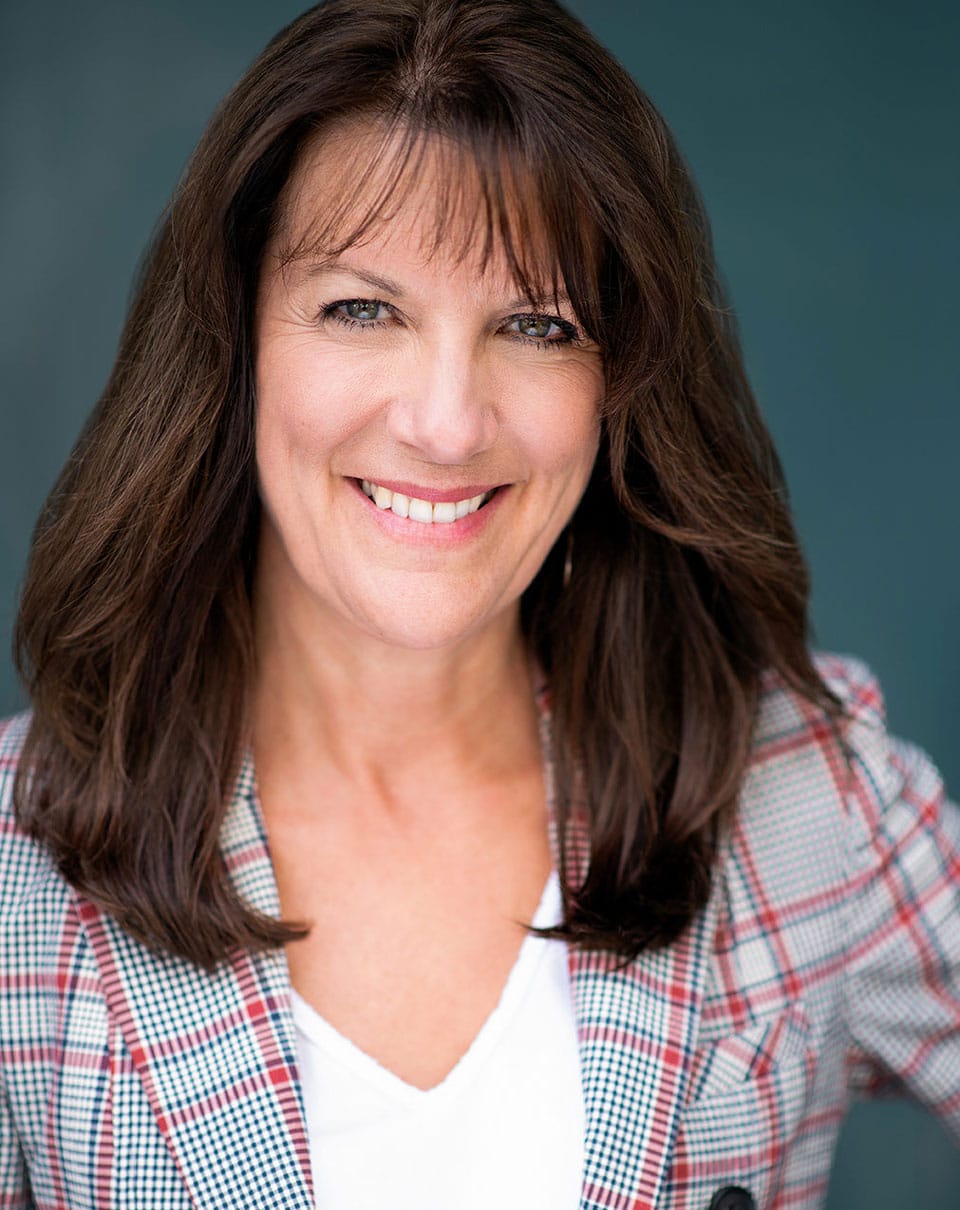A First-Rate Family Enterprise Involves Collective Learning

Building a true multigenerational family legacy demands more than just handing down business responsibilities from one generation to the next. Rather, it involves working side-by-side in an effort toward collective development, regardless of age or stage of involvement in the enterprise.
Collective ownership development is critical for many reasons. First, preserving family wealth (both qualitative and quantitative) is a dynamic process. Second, the natural evolution of family, business and ownership lifecycles puts the family capital (human, social, intellectual, spiritual and financial) at risk of unbridled change. Further, due to the complexity of family enterprise transition, it’s imperative to guide and navigate change to ensure advancement occurs with intention and focus. Otherwise changes may flow against achieving the family’s vision and legacy. Creating collective family development is among the most effective ways to build family capitals and achieve that necessary planned growth.
As family enterprises grow in size and complexity, it’s critical to move beyond individual development and to advance the entire family. The aim is to work together to transform and enhance the family’s collective capacity to make decisions and create results. Making collective learning a priority not only increases cohesion and alignment among the team of owners, but it enables each member’s boat to rise so that the family flotilla can sail on safely into the future.
For example, one family embarked on building their collective knowledge and capacity through activities that included a mixture of regular family meetings, conference attendance, monthly financial coaching, personal development sessions, bimonthly family webinars, and accessing information through articles and podcasts. All this happened alongside each individual member’s personal learning in their areas of interest — which they would then share with the larger group.
But if family members aren’t motivated, keep in mind that engaging family members in the collective learning process is more art than science. It requires patiently exploring areas of individual interest and passion and marrying them with business needs and priorities. One family involved in the pet products industry set up a cooking class with a specialist to develop dog and cat food recipes. Several members of the rising generation loved cooking and so this was a way to introduce them to the business and incorporate their expertise and interests simultaneously.
Consider these ideas to pursue when embarking on collective learning to enhance your family enterprise:
- Conduct a learning needs assessment.
Given that family members have different knowledge and skills, it may be hard to pin down exactly what educational needs the family may have as a collective. A needs assessment is a good first step to help a family determine where they are in terms of their knowledge, skills, and capabilities and where they want to be based on their vision, passion, and interests. Invite family members to rank questions from high to low, and together evaluate the responses to provide a starting point. - Hold in-house learning sessions.
Include a learning activity or event at each family or ownership governance meeting. For example, one family invited an advisor to conduct monthly mini-workshops on finance for non-financial managers. It was a huge hit, especially with the rising generation family members and others who needed to build greater financial literacy. - Go on learning expeditions.
Go to new places to stimulate thinking and insights. This may mean traveling together to hear an industry speaker or going as a group to a country (or region) where you hope to expand your business to learn about the regional customs, build relationships, challenge assumptions, and gather market intelligence, among other activities. - Tap individual member’s expertise.
To promote participation, inclusion, and intergenerational learning, invite rising generation family members to educate the whole family on the latest technologies, social media, or generational trends. While they may be topics not immediately related to the enterprise, they can be very effective in promoting intergenerational understanding and closeness. - Engage in a shared service-learning activity.
The benefits of these experiential forms of collective learning are many. Through engaging in meaningful projects that require understanding of specific needs, crafting solutions, and helping with the implementation, family members have an important opportunity to put in practice and test multiple skills (leadership, communication, project management, etc.) and knowledge (financial, marketing, strategic, etc.). Family members can also appreciate a sense of the shared human condition with those who are in need and the betterment that comes from helping.
Help the family understand that development is not about checking off some list or reaching some visible or invisible finish line. As much as possible, create small wins that impact family members’ lives, attributable to their development. The clearer the connection between learning and improvements around some common challenges, the stronger the intrinsic motivation.
Written by Wendy Sage-Hayward, Gaia Marchisio, and Barbara Dartt.
Have you read?
Learning to Make a Difference by Leo Bottary.
The Red Flags That Can Kill An Investor Deal – And How to White Flag Them by Donna Griffit.
This Simple 4-Step Process Keeps Remote Teams on Track by Tamara (Tam) Sanderson.
How A Gift Changed Design History by Brian Wallace.
Over-Reacting In Business – A Tennis Ball In The Butt by Sarah Cordiner.
Bring the best of the CEOWORLD magazine's global journalism to audiences in the United States and around the world. - Add CEOWORLD magazine to your Google News feed.
Follow CEOWORLD magazine headlines on: Google News, LinkedIn, Twitter, and Facebook.
Copyright 2025 The CEOWORLD magazine. All rights reserved. This material (and any extract from it) must not be copied, redistributed or placed on any website, without CEOWORLD magazine' prior written consent. For media queries, please contact: info@ceoworld.biz








